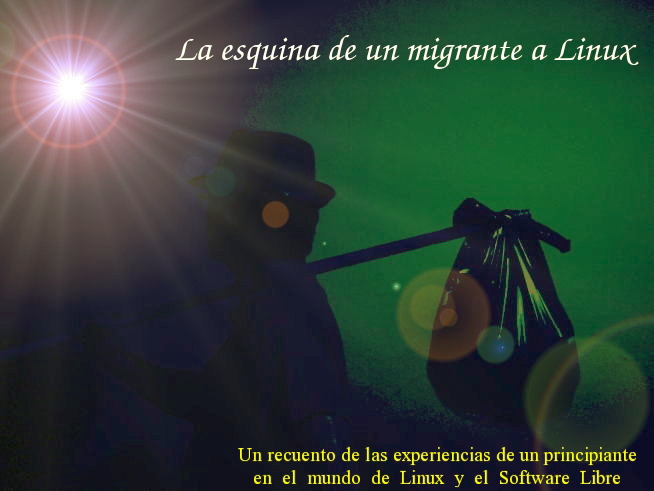I still have to adapt my KDE mentality to the Rox/IceVM enviroment of this distro, but so far I've managed to find all the applications I've needed. Besides, it's a great brain exercise...routines kill neurons! :P You see, I'm even posting this on antiX!
Now, I have to say I LOVE the modularity that antiX offers. Since my CPU is not so old, I could afford installing a few programs I need:
1. LibreOffice: Its installation went quickly and smoothly. I got my LibreOffice up and running on antiX in about 20 minutes.
2. Input Method Editors: AntiX comes with iBus, but I had to download a few packages to make it work as I want. In doing so, I found a little jewel among the packages: a font that lets you know the strokes of Japanese characters! Hehe! My students will literally drool when they see it!

3. The GIMP: Believe it or not, mtPaint, the graphics editor antiX comes with, has a couple of functions that my square Kolourpaintish brain has not been able to grasp...yet. So, for the time being, I'll resort to the GIMP, which I find even more complex, but whose basic features I can use while I get to know mtPaint better.

4. Amsn: Yes, it is one of my memories of my days on Windows. I downloaded it to see if antiX could use it...and surely enough, it could.
Oh, one of the best things of antiX is that, in my case, it does not take much CPU usage...actually, it seems it barely uses it. The most it has used so far is about 20%













